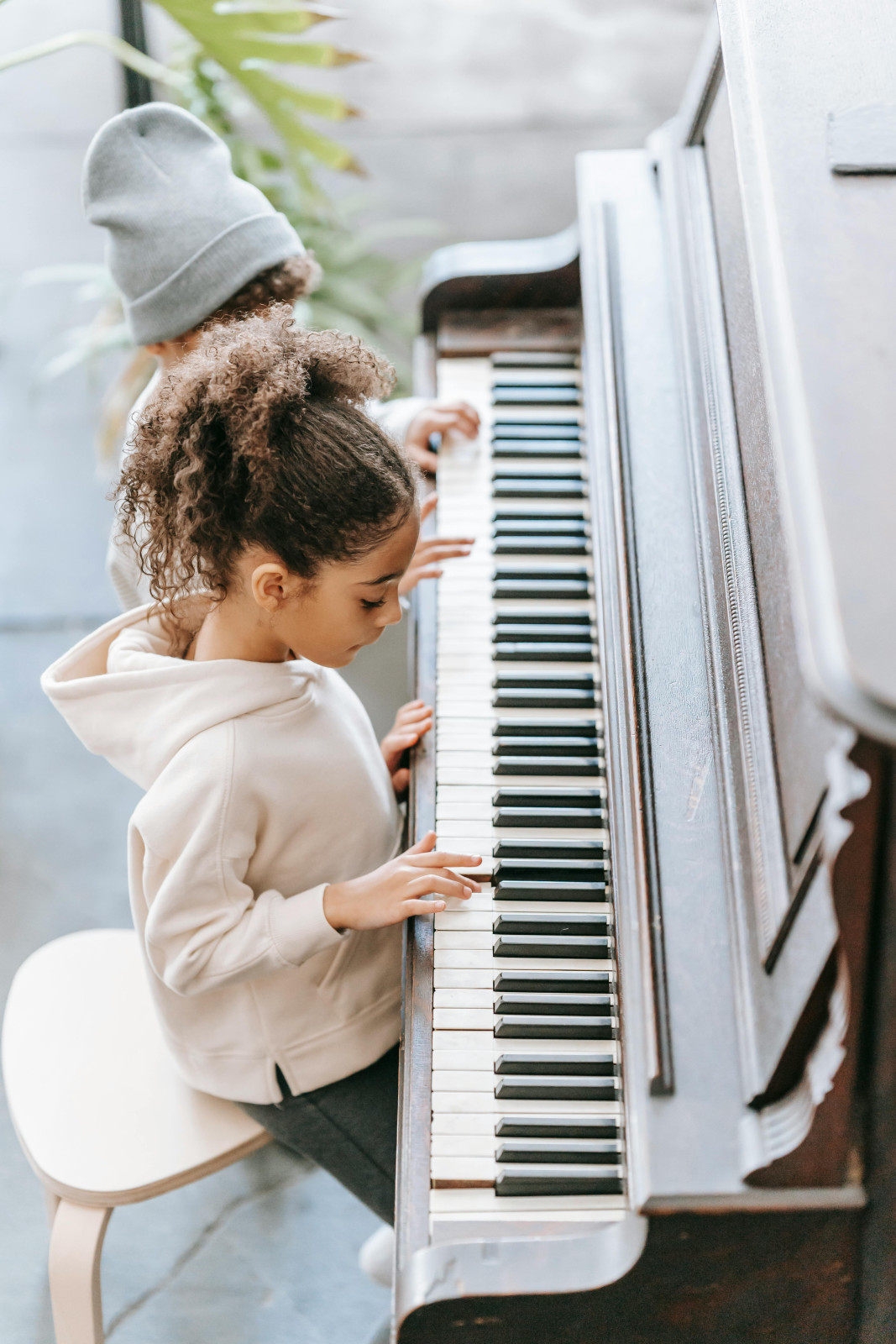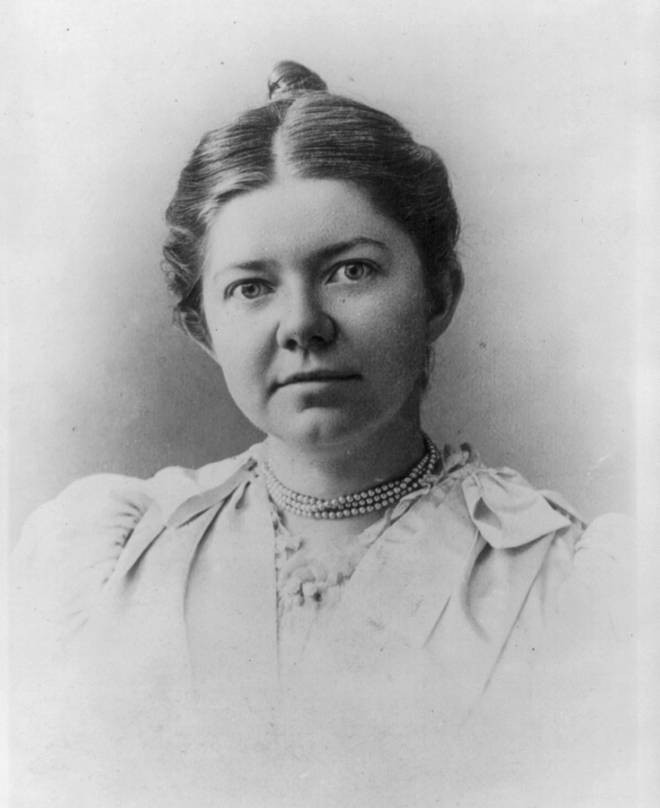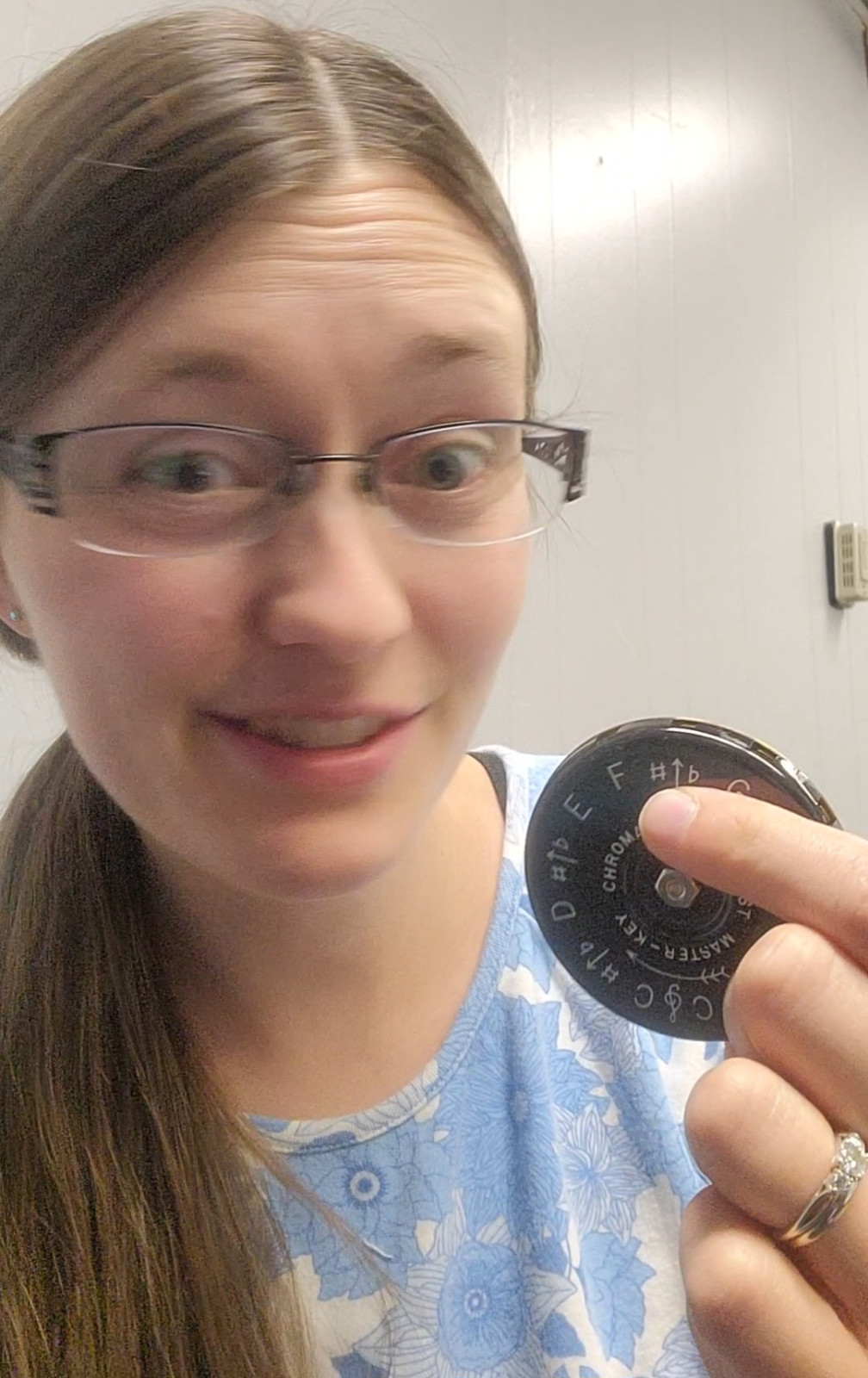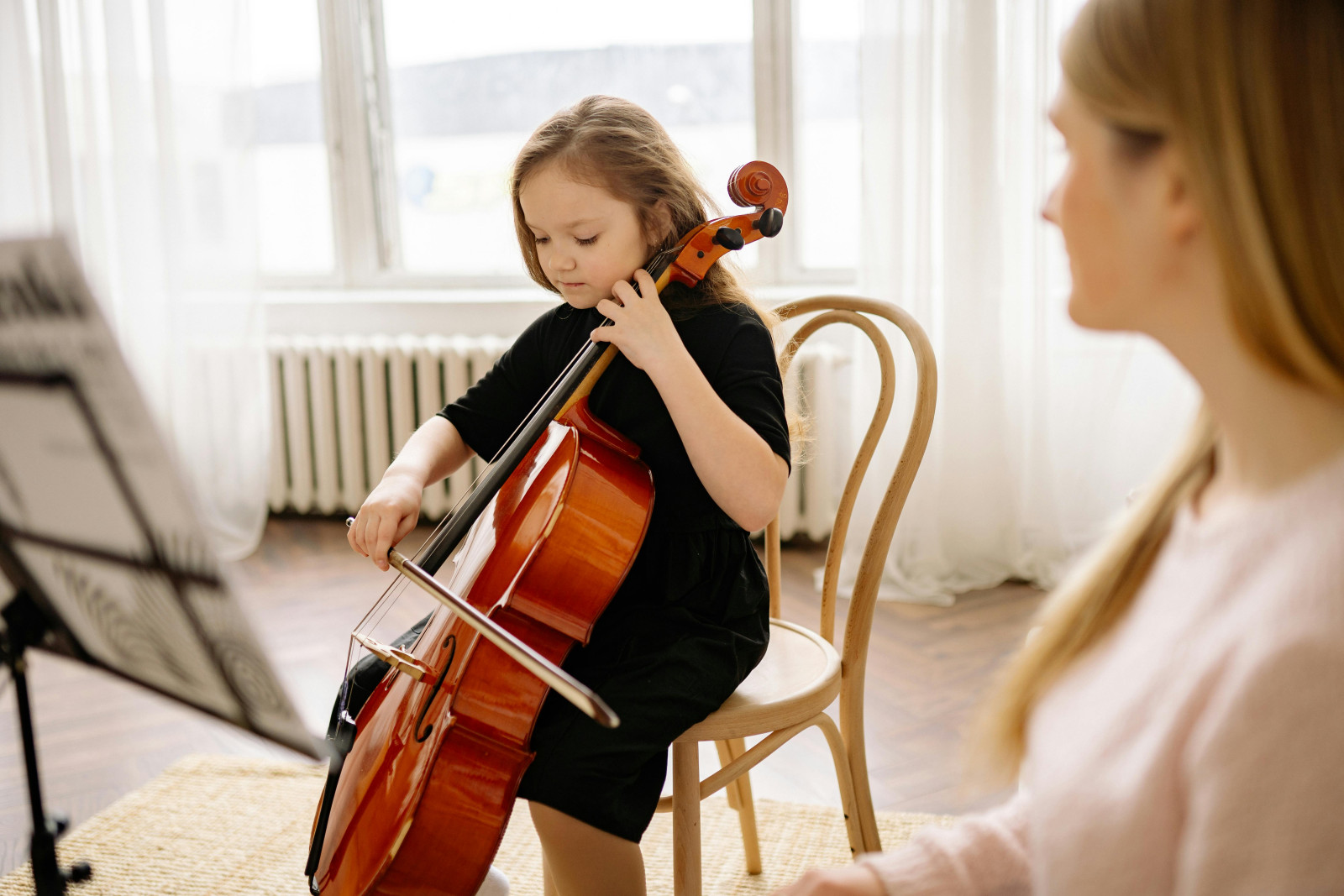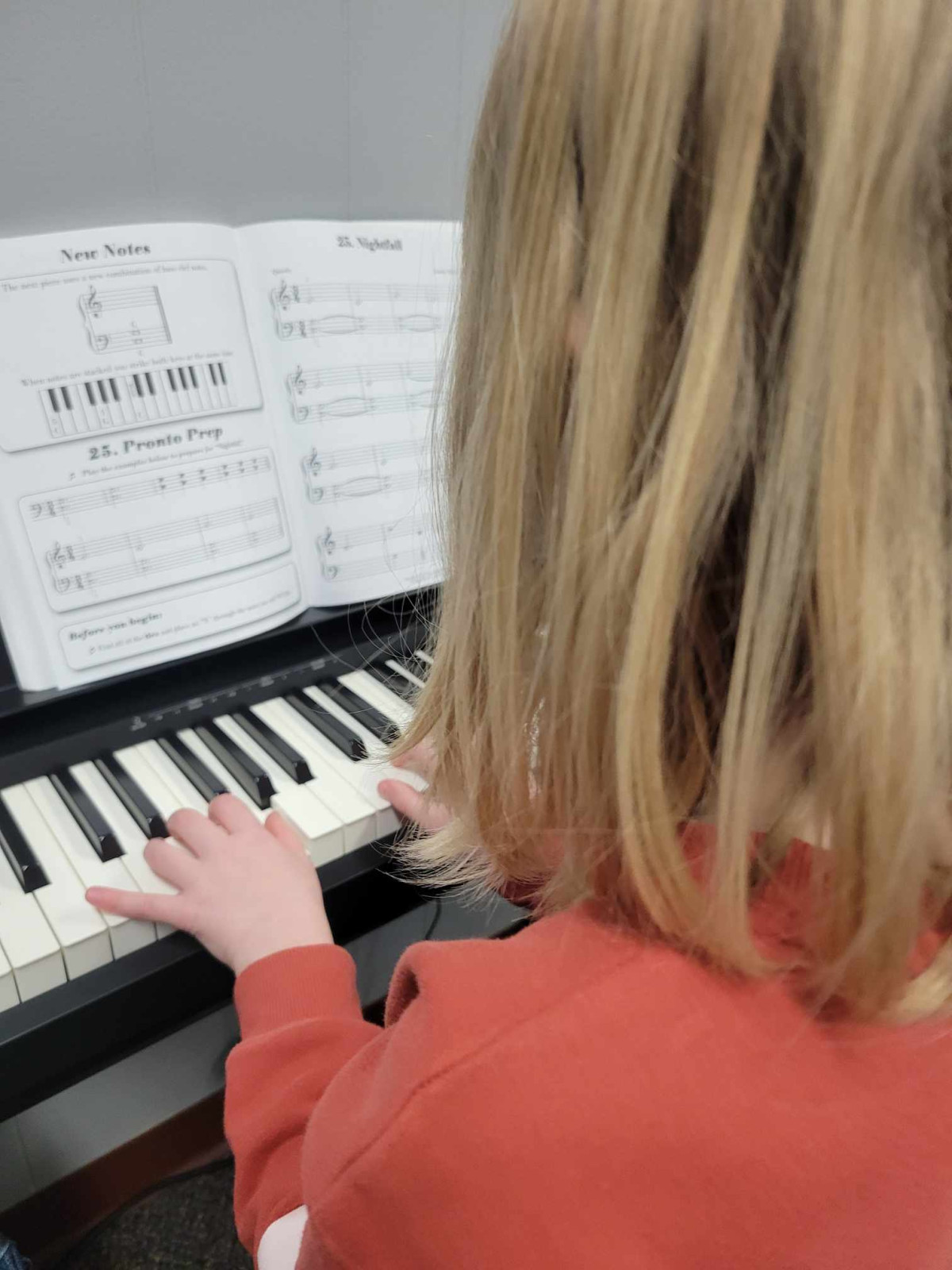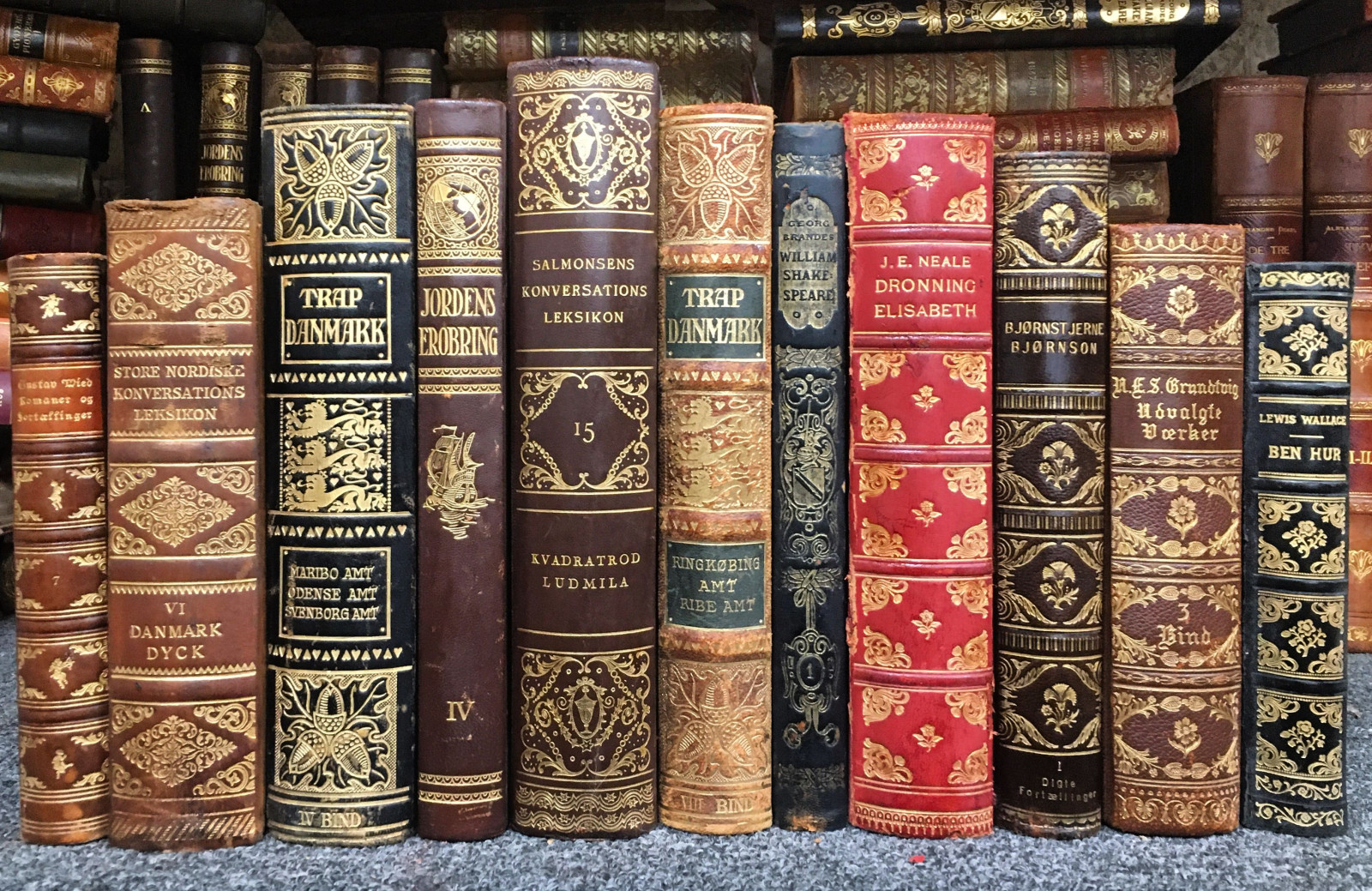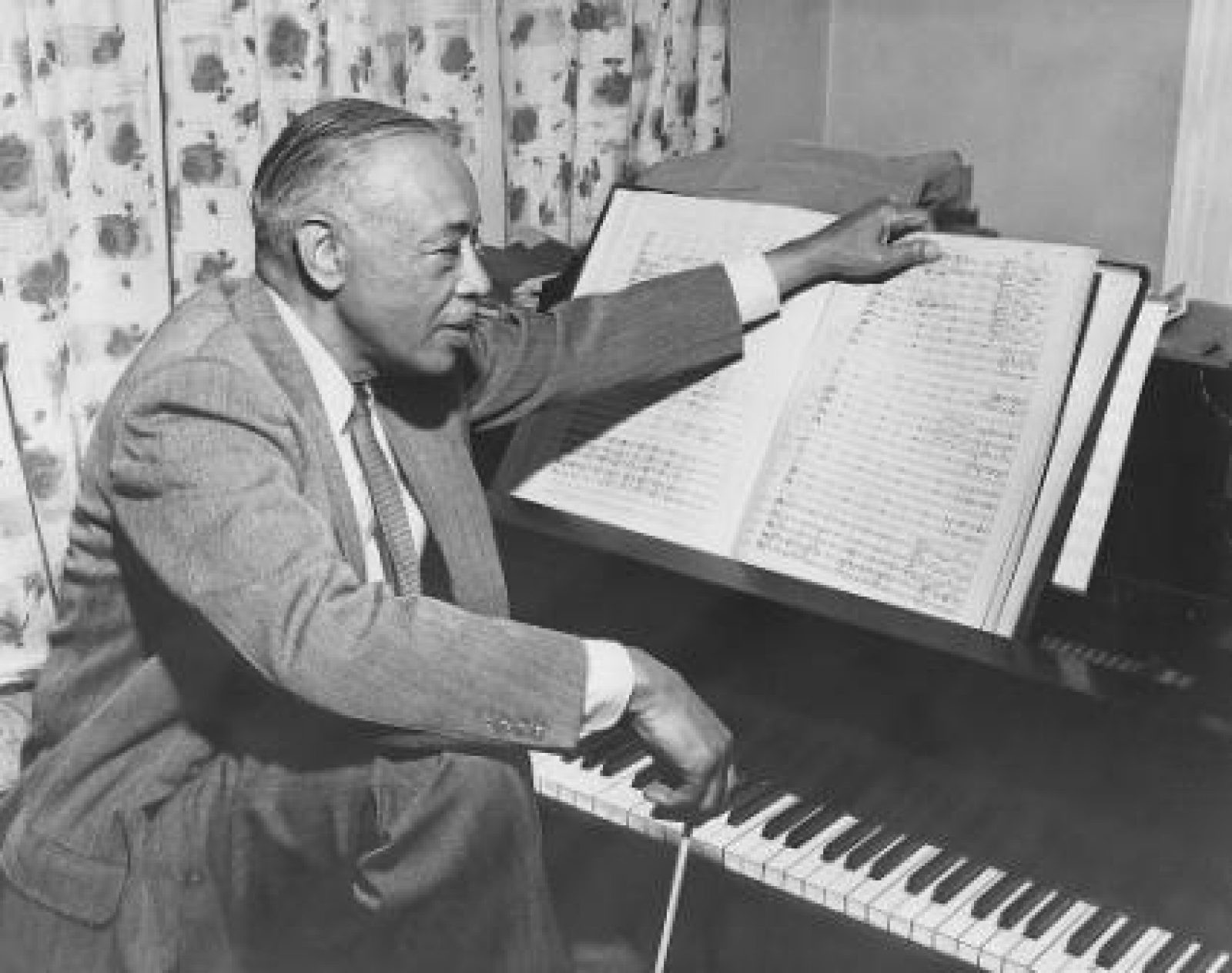
Continuing our exploration of
lesser-known classical composers, we embark on another journey of musical discovery, uncovering hidden gems that enrich the homeschooling curriculum with diverse sounds and stories. While the names of Bach, Mozart, and Beethoven (to name a few) resonate throughout history, these composers, though less celebrated, have made significant contributions to the world of classical music. Here are five more composers every homeschooling parent should introduce to their children, expanding their horizons and nurturing their appreciation for the arts. If you're interested in learning more about these composers (including resources for use with your children), check out
The Classical Collective Membership!
1. Louise Farrenc (1804-1875)
Louise Farrenc was a pioneering French composer, virtuoso pianist, and influential music educator whose works showcase a mastery of form, melody, and expression. Despite facing gender-based discrimination in the male-dominated music world of the 19th century, Farrenc's compositions earned her acclaim and respect among her peers. Farrenc's chamber music, symphonies, and piano works highlight her innovative use of classical forms and her bold harmonic language. Explore Farrenc's advocacy for gender equality in music education and her lasting impact as a composer and pedagogue.
2. William Grant Still (1895-1978)
William Grant Still was a pioneering African-American composer whose music defied racial barriers and stereotypes to embrace a diverse range of styles and influences. Often referred to as the "Dean of African-American composers," Still's compositions blend elements of jazz, blues, spirituals, and classical tradition, creating a rich and vibrant musical tapestry. Introduce your children to Still's orchestral suites, operas, and chamber works, exploring themes of identity, heritage, and social justice. Discuss Still's groundbreaking achievements as the first African-American composer to have a symphony performed by a major orchestra and his enduring legacy as a trailblazer for diversity in classical music.
3. Ethel Smyth (1858-1944)
Ethel Smyth was a pioneering English composer, suffragist, and writer whose music and activism left an indelible mark on British cultural history. Smyth's compositions encompass a wide range of genres, from operas and chamber music to choral works and symphonies. Introduce your homeschoolers to Smyth's operas, including "The Wreckers" and "Der Wald," which showcase her dramatic flair, lyrical melodies, and feminist themes. Explore Smyth's role as a leading figure in the suffragette movement, using her music as a vehicle for social change and women's rights.
4. Joaquín Rodrigo (1901-1999)
Joaquín Rodrigo was a Spanish composer whose music captured the spirit and beauty of his native land, blending Spanish folk melodies with classical forms and techniques. Despite losing his sight at an early age, Rodrigo's compositions are marked by their vibrant colors, evocative harmonies, and lyrical melodies. Introduce your children to Rodrigo's guitar concertos, such as the famous "Concierto de Aranjuez," which showcase his mastery of the instrument and his deep connection to Spanish musical traditions. Learn about Rodrigo's life story, his collaborations with renowned guitarists, and his enduring legacy as one of the most beloved composers of the 20th century.
5. Rebecca Clarke (1886-1979)
Rebecca Clarke was a pioneering British composer and violist whose music defied norms and conventions to achieve recognition and acclaim. Clarke's compositions blend elements of Romanticism, Impressionism, and modernism, creating a distinctive and expressive musical language. Introduce your homeschoolers to Clarke's chamber music, including her hauntingly beautiful viola sonata and piano trio, which showcase her lyrical melodies, lush harmonies, and inventive structures. Discuss Clarke's struggles for recognition in a male-dominated field, her contributions to the repertoire for viola, and her lasting impact on 20th-century music.
By introducing your children to these five lesser-known classical composers, you can open the door to a world of musical discovery, cultural enrichment, and artistic inspiration. Embrace the diversity of voices and stories that enrich the tapestry of classical music, fostering curiosity, empathy, and creativity in your homeschoolers. So, embark on a journey of exploration and celebration, uncovering hidden gems that will illuminate your homeschool curriculum and leave a lasting impression on your family for generations to come. If you're interested in learning more about these composers and others, check out
The Classical Collective Membership!

